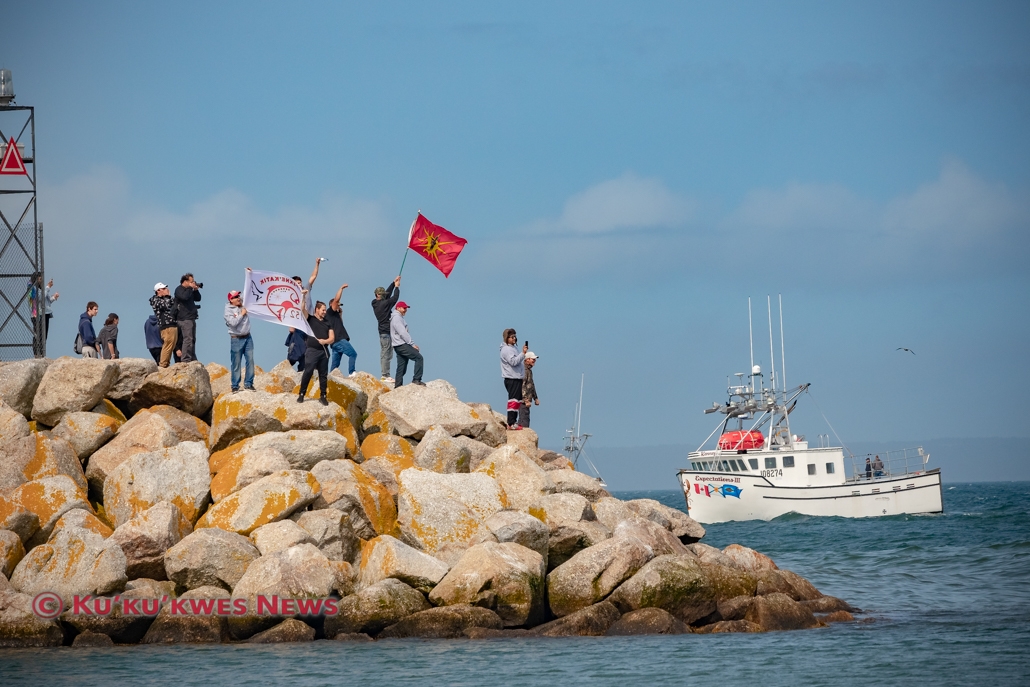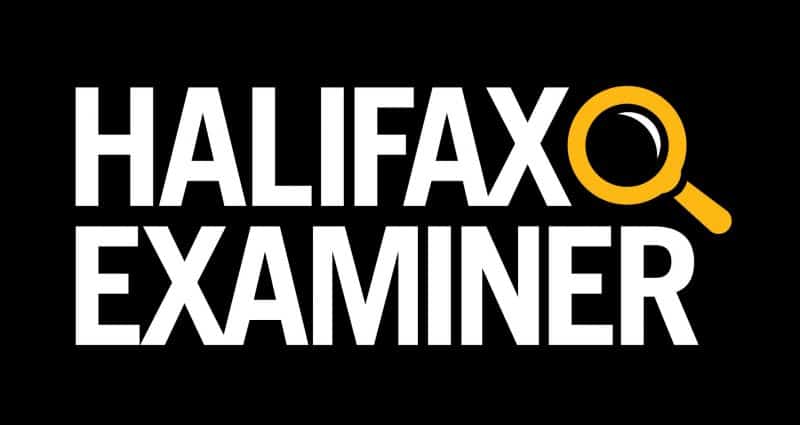How do Ottawa and First Nations mutually agree on the best way to organize Atlantic Canada’s most lucrative fishery to serve the economic interests of Indigenous communities and those of traditional non-Indigenous commercial fishers without undermining the industry’s commercial viability or environmental sustainability? It won’t happen so long as Ottawa insists it alone knows best.

Consider just a few recent dispatches from Canada’s fraught fishing front:
- On March 3, 2021, federal Fisheries Minister Bernadette Jordan announced Ottawa will not licence any Indigenous moderate livelihood fishery in Atlantic Canada this year that does not operate within the official commercial season. She threatened to deploy an increased complement of fisheries officers, backed by coast guard vessels, to enforce the federal rules.
- The next day, Nova Scotia’s 13 First Nations’ chiefs unanimously rejected Ottawa’s plan and decried the minister’s failure to consult with them nation to nation. “Minister Jordan once again made clear that she sees the Department of Fisheries and Oceans Canada having full control over rights-based fisheries,” declared Chief Gerald Toney of the Assembly of Nova Scotia Mi’kmaq Chiefs.
- On March 30, the Sipekne’katik First Nation filed a lawsuit against non-Indigenous fishers, the RCMP and the federal government over what it argues was last year’s coordinated effort to “intimidate and harass [Indigenous fishers] and to steal or damage their lobster traps.”
- On April 22, Chief Mike Sack announced Sipekne’katik fishers will ignore the federal minister’s announcement and return to St. Marys Bay in June. He also said he intended to ask the United Nations to send peacekeepers to protect them.
The issue is simple. The issues are complicated.
The result is that — simple and/or complicated — we’re in for yet another nasty, brutish summer on the seas off Nova Scotia.
Let’s start with simple.
In 1999, the Supreme Court of Canada confirmed a long-ignored 1752 peace and friendship treaty in which the British had acknowledged the Mi’kmaq people’s right to earn what the courts called a “moderate livelihood” from fishing. But the court also ruled that right came with a caveat. “Treaty rights are subject to regulation provided such regulation is shown by the Crown to be justified on conservation or other grounds of public importance.”
What happened after that is where things got complicated. If you want to understand just how complicated, your best bet is to start with last October’s remarkable, and remarkably dispassionate Halifax Examiner series by award-winning journalists Linda Pannozzo and Joan Baxter called “Lobster Fishery at the Crossroads.”
Indigenous v non-Indigenous… Inshore v offshore… In season v out of season v year-round… Trap limits v catch limits… Conservation v marketing… Commercial viability v environment sustainability… And, oh yes, don’t forget climate change…
The questions are frustratingly head-spinning and the answers often contradictory, but everything does ultimately spin back to a single, semi-simple question.
How do Ottawa and First Nations come to a mutual agreement on the best way to organize Atlantic Canada’s most lucrative fishery in a way that serves both the economic interests of Indigenous communities and also those of traditional non-Indigenous commercial fishers without, in the process, undermining the commercial viability of the industry as a whole or its long-term environmental sustainability?
While we may not know the ultimate best answer to that question, we do know the right answer is not behind the unilateral Door #1 Ottawa has chosen to date.
For much of the more than 20 years since the 1999 Marshall decision, the federal government has paid lip service to nation-to-nation reconciliation while simultaneously playing paternalistic father knows best, claiming the sole right to decide what’s economically and environmentally sustainable for everyone. It’s made side deals with some First Nations to redivide the licencing pie while dividing First Nations from each other and never ever dealing with the larger issues. At the same time, it’s orphaned non-Indigenous commercial fishers who also have a multi-generational stake in the future of the fishery but now feel they have no one to speak for them.
Ottawa’s failure to negotiate a deal that can work for everyone only opened the door to frustrated First Nations like Sipekne’katik, which has launched its own fishery with its own rules. And that, of course, only amps up frustrations among commercial fishers. They want to know why they should be forced to follow regulations their Indigenous counterparts can ignore.
It’s a recipe for disaster.
Which is why it’s long past time for Ottawa to step back from the edge of the abyss it’s created and start a belated let’s-begin-at-the-beginning, no pre-conditions discussion with First Nations.
Do Canada’s existing closed seasons and other limits on lobster fishing make sense? Scientific sense? Conservation sense? Marketing sense?
Understanding there is just one resource in one shared territory, what regulations will safeguard the future of that resource while providing a reasonable livelihood for all, including both Indigenous and non-Indigenous communities?
Is there a way to create a jointly regulated, jointly managed, jointly enforced fishery with the same rules for everyone?
The answers aren’t for Ottawa to make alone.
It must finally recognize what the courts have already concluded. There are treaties between nations, and the future needs to be negotiated nation to nation.
It won’t get any easier. As Paul Withers reported on the CBC last month, Ottawa is also now in the middle of a “collision between Mi’kmaq asserting treaty rights and commercial harvesters” over another little-known but highly lucrative fishery.
The prized catch — elvers or baby eels — are harvested from Nova Scotia rivers and then sold to Asian fish farms, which grow them to full size for consumption there. Last year, the fishery was worth $38 million.
Although there are just nine DFO commercial licence holders for the entire fishery, the department reported last year that more than 110 Indigenous fishermen — a fivefold increase in one year — had begun catching eels under their Food, Social and Ceremonial licence.
Noted a DFO report: “This level of fishing, in addition to the commercial fishery, has become unmanageable and represents a threat to the conservation of the species.”
Indigenous groups countered that if there are real conservation concerns, commercial licences should be among the first to be cut.
Meanwhile, Ottawa, which shut down the fishery in 2020 and arrested more than two dozen unlicenced fishers, says it will do the same again in 2021 if necessary to protect the commercial fishery.
We can already guess where that will lead. Nowhere good.
A version of this column originally appeared in the Halifax Examiner.
To read the latest column, please subscribe.







 STEPHEN KIMBER, a Professor of Journalism at the University of King's College in Halifax and co-founder of its MFA in Creative Nonfiction Program, is an award-winning writer, editor and broadcaster. He is the author of two novels and eight non-fiction books. Buy his books
STEPHEN KIMBER, a Professor of Journalism at the University of King's College in Halifax and co-founder of its MFA in Creative Nonfiction Program, is an award-winning writer, editor and broadcaster. He is the author of two novels and eight non-fiction books. Buy his books